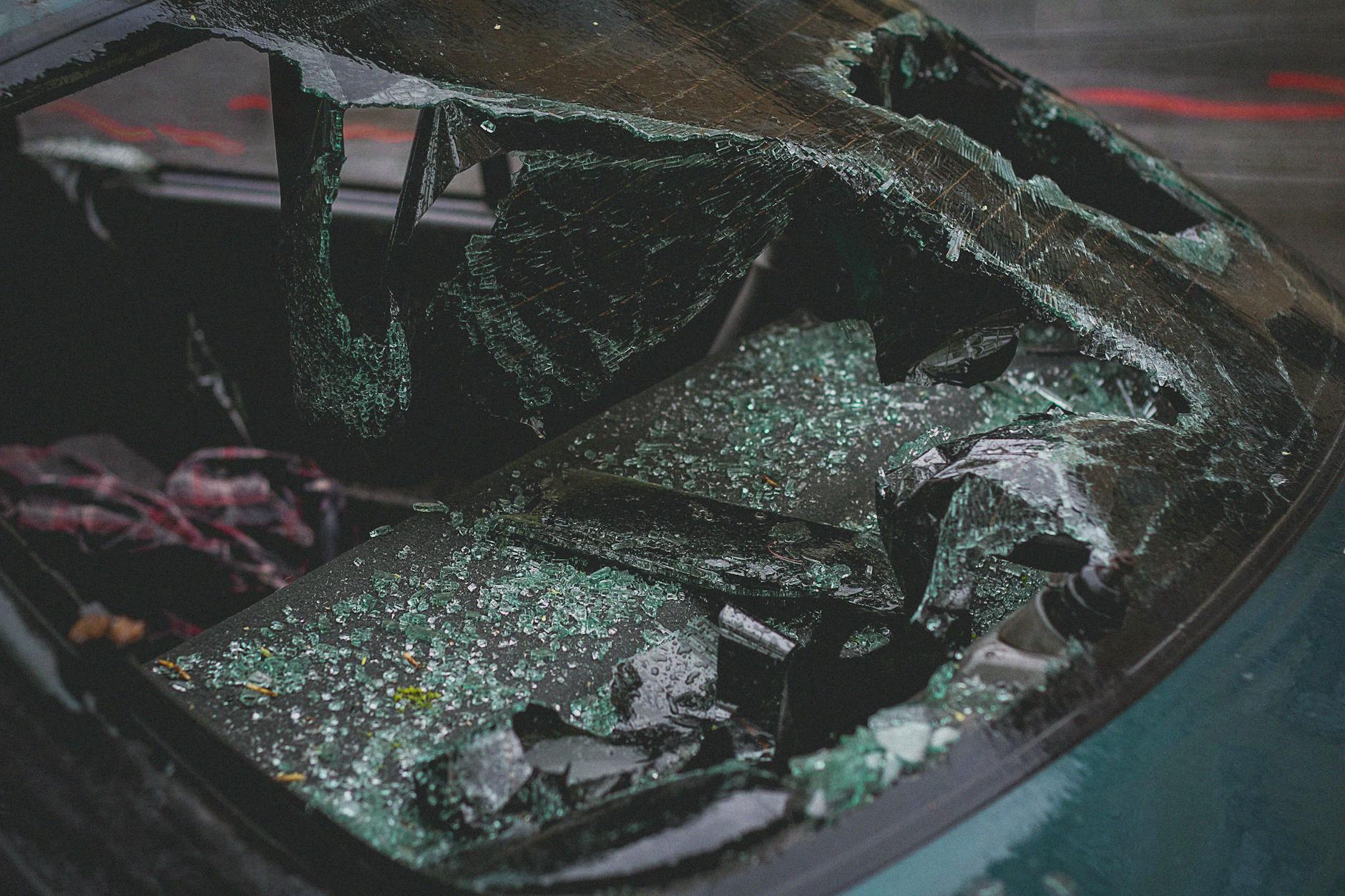The dream of fully autonomous vehicles gliding seamlessly through our cities is closer than ever, promising unparalleled convenience and safety. Yet, as this groundbreaking technology advances, meticulous scrutiny of its real-world performance becomes paramount. Recent analyses are now shedding light on the operational safety records of various self-driving fleets, revealing a surprising trend: newly available figures indicate that Tesla’s automated taxi service appears to be encountering a higher rate of incidents compared to at least one prominent competitor, even when human safety operators are present in the vehicles. This development sparks crucial conversations about the current state of autonomous driving development and the road ahead.
Unpacking the Latest Reports on Self-Driving Vehicle Incidents
A deep dive into fresh statistical reports offers valuable insights into the performance of nascent autonomous transportation systems. These initial glimpses provide a comparative lens through which to evaluate the efficacy and immediate safety challenges faced by different companies pioneering this futuristic mode of transport. The data, meticulously compiled, begins to paint a picture of how these sophisticated systems navigate the unpredictable environment of public roads, highlighting the sheer complexity involved in perfecting driverless technology. Each reported incident, whether minor or significant, contributes to a growing database that is critical for understanding and mitigating potential risks as these services expand.
Autonomous Reliability: A Closer Look at Tesla’s Robotaxi Performance Against Key Competitors
When juxtaposing the operational outcomes of Tesla’s autonomous taxi fleet with that of established players like Waymo, the emerging statistics present a compelling narrative. The data suggests that vehicles operating under Tesla’s FSD (Full Self-Driving) Robotaxi banner have been involved in a notably greater number of vehicular incidents than their counterparts from Waymo, particularly in scenarios where human oversight was still a component of the operation. This intriguing finding underscores the multifaceted challenges of developing truly independent driving systems, even with the protective layer of human monitors ready to intervene. It prompts further investigation into the distinct approaches to sensor fusion, AI decision-making, and fail-safe protocols employed by different autonomous vehicle developers.
These initial public datasets serve as a vital benchmark, offering transparency and sparking a constructive dialogue about the ongoing evolution of autonomous driving technology. Far from being a definitive judgment, such information provides invaluable learning opportunities, propelling the entire industry toward greater safety and reliability. As developers continue to refine their algorithms and hardware, every piece of performance data contributes to building robust, trustworthy self-driving solutions that promise a safer and more efficient future for urban mobility. The journey to fully autonomous transportation is an iterative process, and these insights are crucial steps on that exciting path.

Leave a Reply